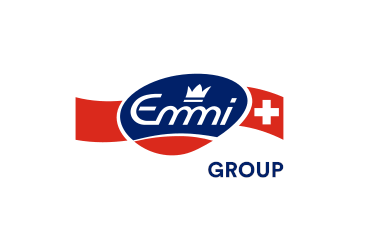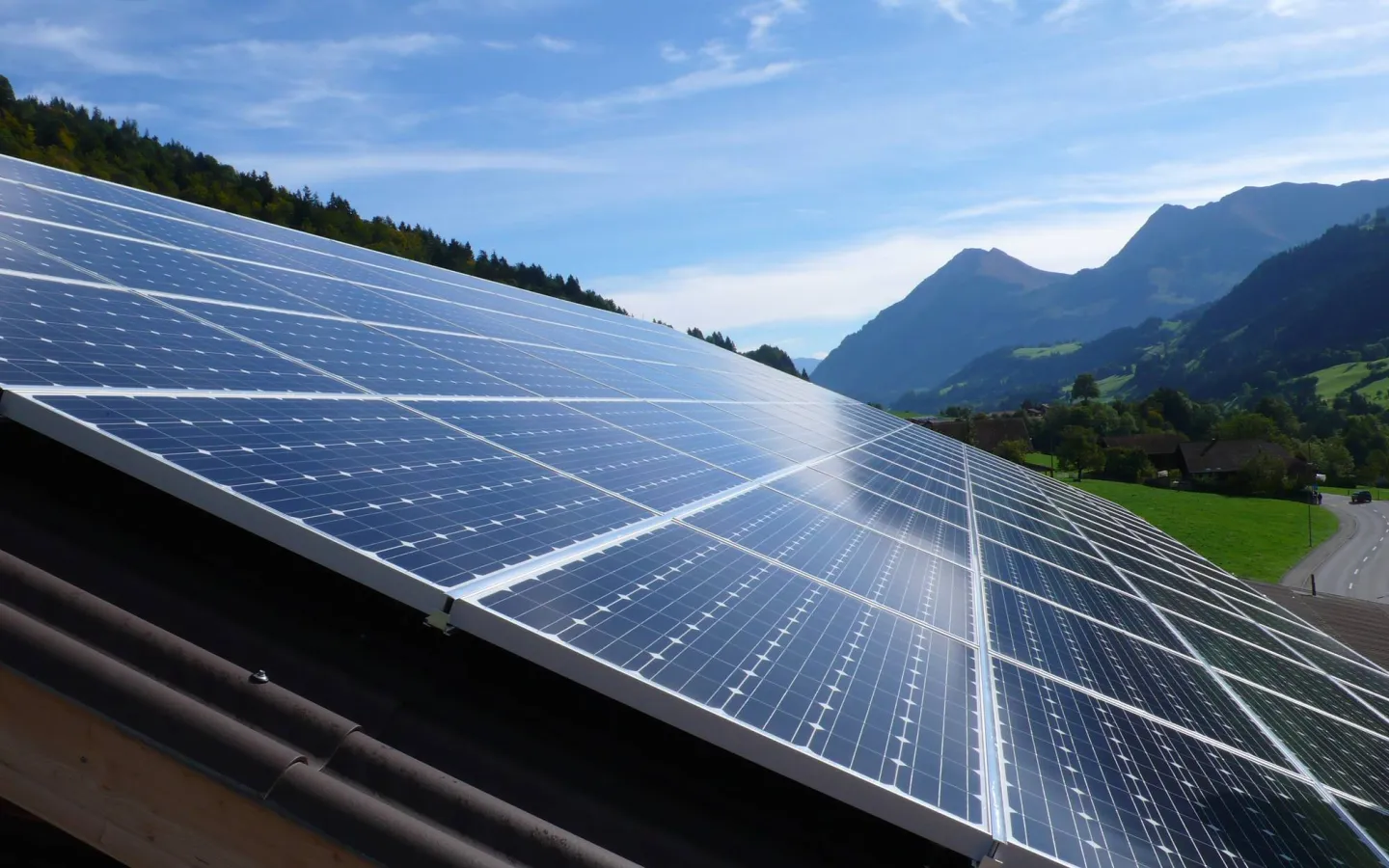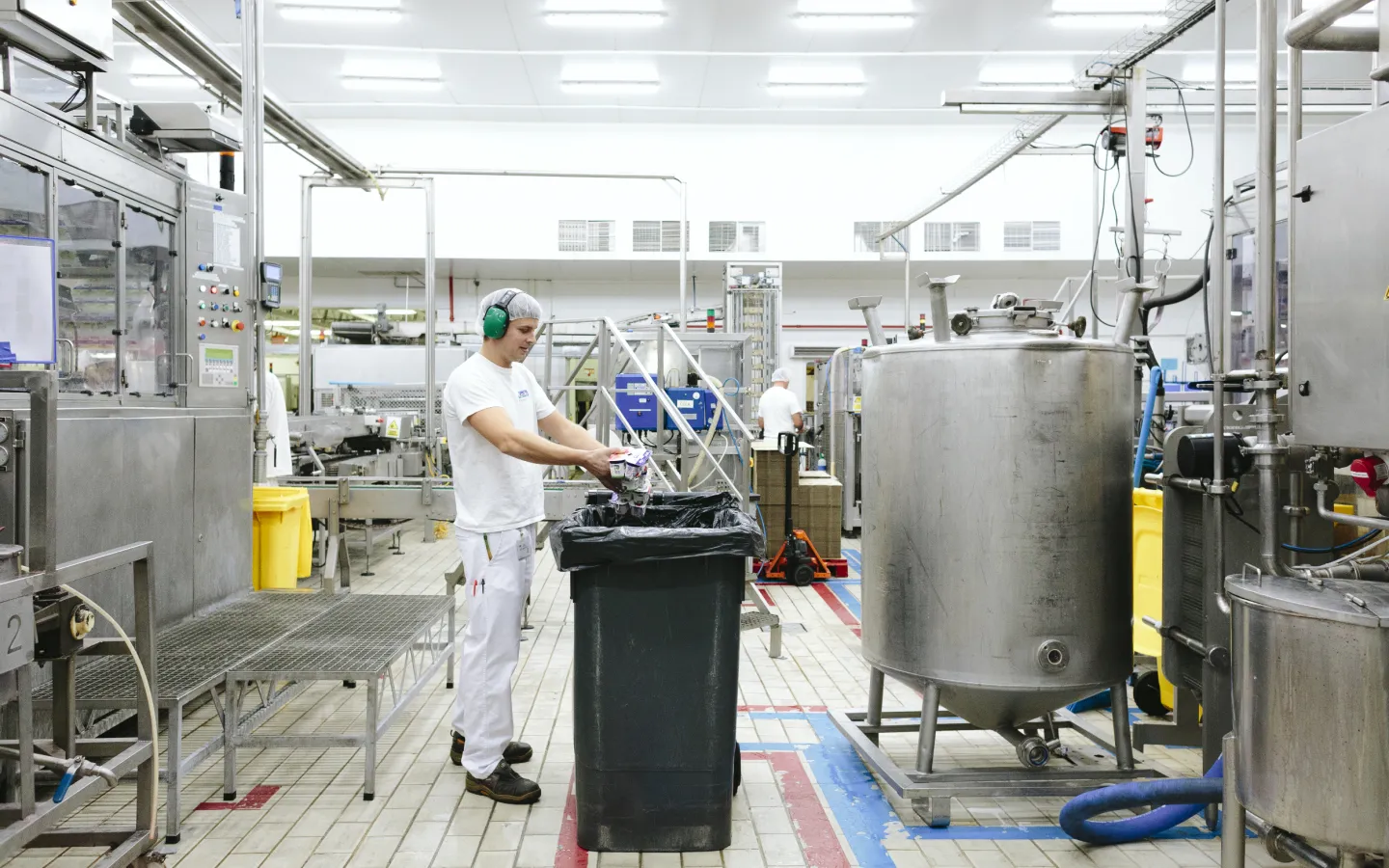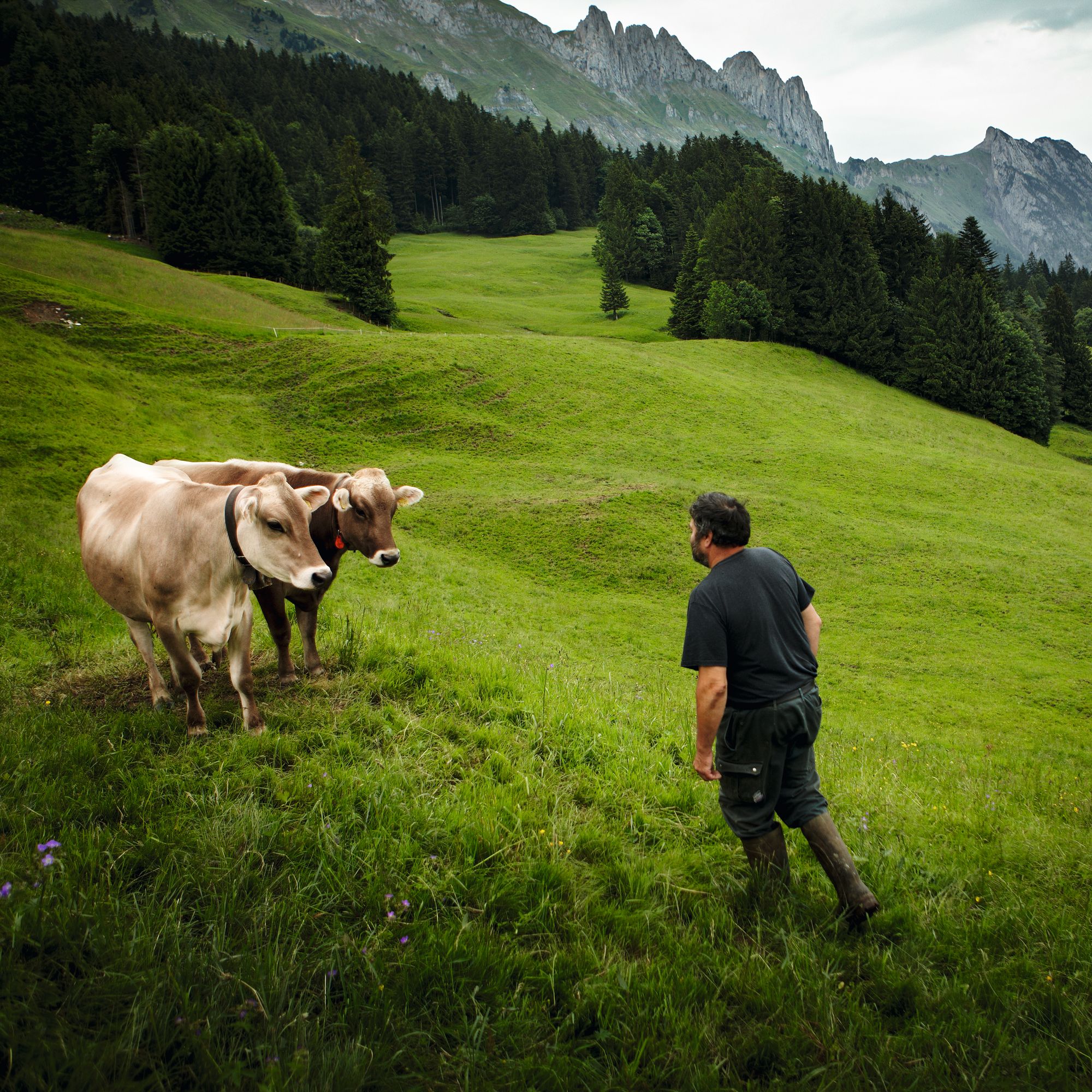Partnership with Emmi 2019
Emmi has set the target of reducing the environmental impact of milk processing. The focus of the collaboration with WWF is placed on the reduction of CO2e emissions and food waste in production.


Climate and energy
Reduction of greenhouse gas emissions (Scopes 1&2)
Emmi has set itself the target of reducing its greenhouse gas emissions by 25% by 2020 compared to 2014. The equivalent tons of CO2 are measured. The scope of application comprises Scope 1&2 in accordance with the GHG Protocol for all business areas of Emmi global.
Emmi reduced greenhouse gas emissions by over 22% compared to the 2014 figures by the end of 2019.
Comment: The baseline and all annual values had to be corrected retroactively back to 2014. Some emissions were recorded twice since 2014. The correction does not influence target attainment. The achieved reductions are primarily attributable to a switch to more climate-friendly power (domestic and international).

Food waste
Reduction in Food Waste
Emmi has set the target of reducing food waste by 20% compared to 2017 before 2020. Measured are the proportions of food waste in percentage. The scope of application comprises all of Emmi's own production operations, globally.
In 2019, the share of food waste amounted to 83%. Emmi managed to exceed its target.
Comment: Emmi has been collecting data on food waste from its Swiss production facilities since 2017, in line with the FLW Standard. No data can currently be collected for Emmi Global. The main driver behind the reduction of food waste in 2019 was the higher proportion of whey that could be sold and processed into food.

